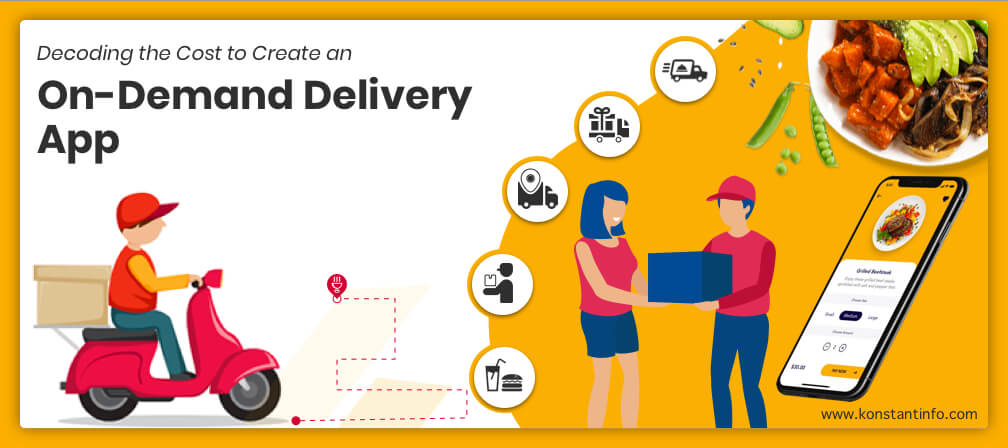
Table of Contents
Housing, Retail Delivery, food delivery/grocery delivery, on-demand marketplaces, on-demand home services, on-demand health and beauty services, Courier services, Package Delivery App, Freelancing / On-Demand jobs, Taxi booking services, Healthcare, etc. are examples of some of the businesses that leverage On-Demand App. (according to an on-demand economy survey by NTRS)
By Definition, the on-demand economy has been described as consumers purchasing products or on-demand delivery service that uses a website or app to connect them directly with the person who provides the service or product.
The size and growth of the on-demand economy depict the alliance between consumers and the user experience, coupled with the convenience that they are looking for. The on-demand economy has seen incremental growth in the coming times, spreading its influence across industries. Housing, Food Delivery, Cab/Taxi booking, retail delivery are some industries that have seen the most growth from $5 to $15 billion in 3 years (spanning across 2016 till 2019). These industries have been flat in the past couple of years, indicating that their business categories are peaking.
Crowd Companies, a research firm suggests that more than 280 companies provide on-demand goods and services across 16 industries and this scenario has emerged from 76 companies operating in just 6 industries in the last two years.
National Technology Readiness Survey conducted recently (updated till January 2020) reveals that the on-demand economy in the U.S grew by 18% from 2018 to 2019. This study as well as tracks the behaviors and beliefs in the U.S (from the past decade)
The survey questionnaire was designed to capture the major awareness and purchasing trends in the on-demand economy. This also included capturing purchase incidence, frequency and spending by category, adjusting for potential errors in classifying services of on-demand brands like Uber, Lyft, Airbnb, Vrbo, Etsy and eBay, etc.
NTRS data shows that the on-demand services have already moved beyond early adopters and has gained traction among mainstream consumers who require that platforms be user-friendly and safe.
Eventually, NTRS grouped consumers into five groups depending upon their purchase behavior:
Convenience and super-fast delivery service factors remain at the core providing a competitive advantage:
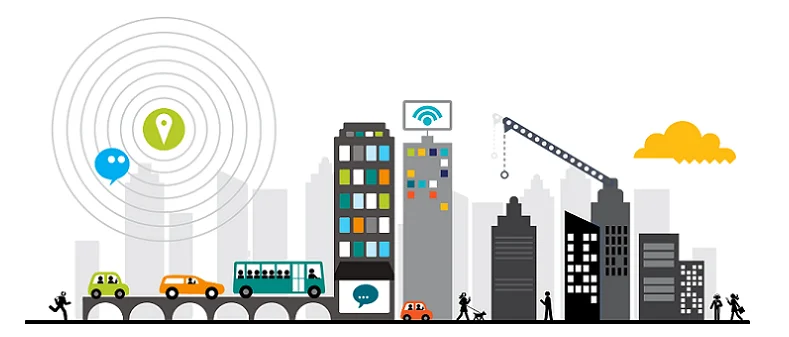
(Source: peerbits.com)
Few points that must be considered before building an on-demand delivery app:
Some of the popular on-demand applications in the market:
Identification of strengths, opportunities, weaknesses, and threats for your on-demand delivery business can turn out to be a competitive advantage.
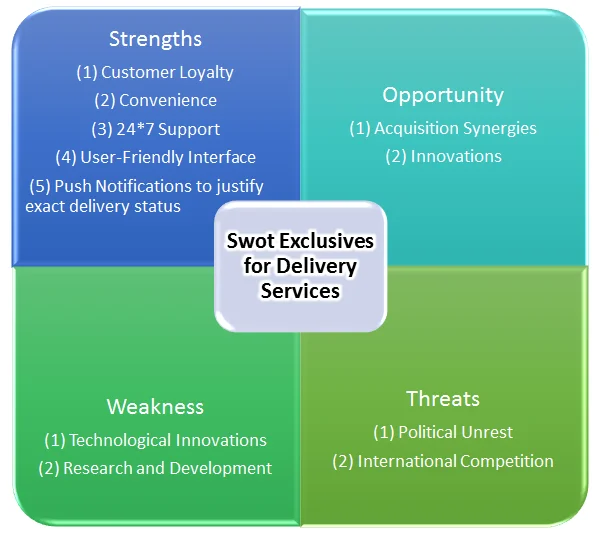
While the number of hours multiplied by vendor rate remains one basic formula for creating an on-demand delivery app. Still developing an on-demand app for your business (Retail & delivery, Beauty, Healthcare, Food delivery, Taxi, Fitness, Domestic services) will typically require you to diagnose the available skillset of developers, the technology in demand, the budget constraints, the client’s demands and the scope of the application (Notification, GPS tracking, activity List, wishlist, payment facility, ratings, and reviews, booking cancellation, multiple order booking). The cost of an on-demand delivery app can be estimated in between $5,000 to $30,000 (might vary according to tentative change in requirements and scope of the application)
Besides the factors discussed above launching the app locally, promoting the on-demand delivery app early, starting with MVP development, offering on-the-spot support and fast issue resolution, setting up a contractor selection process and conducting regular screening to prevent steeling or poor service, and introducing loyalty programs to engage and retain your users – can be other supporting factors that will give a sense of belongingness to the concerned business.
On-demand Delivery App Development teams at Konstantinfo has been exploring the value-driven culture propelled by excellence in everything they do. They strive to replete the yawning chasm between the perception and reality by coding, testing and maintenance efforts, irrespective of the business domain for which they work. Get a free quote!
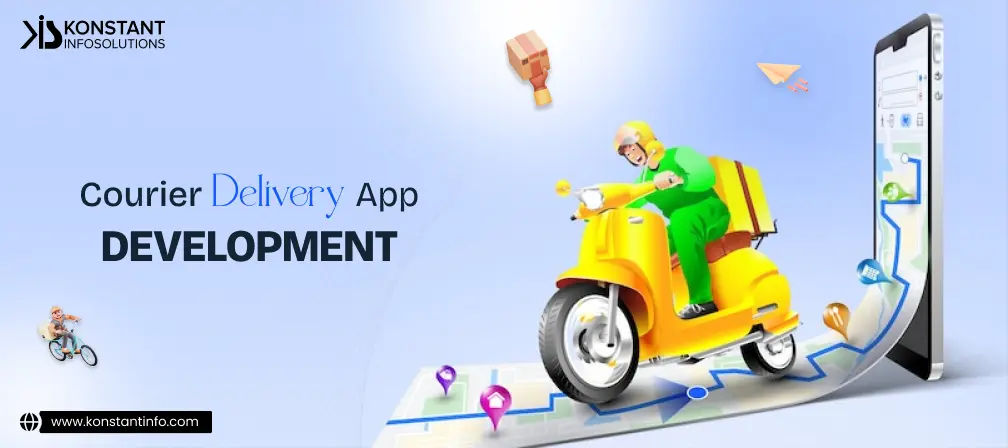
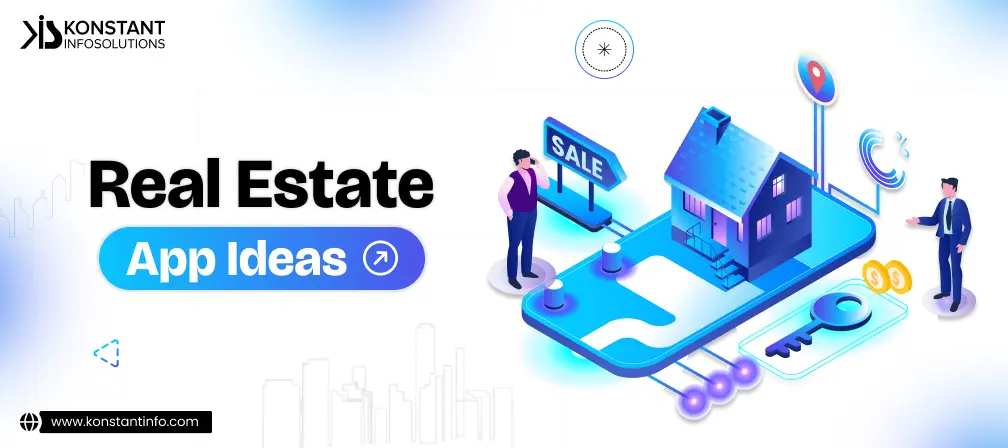

Manish Jain is the co-founder and Managing Director at Konstant Infosolutions. He is responsible for the overall operations of the company and has played a major role in bringing Konstant up from its humble beginnings and, with his immense energy and drive, transforming it into a globally trusted name in IT solutions.
Or send us an email at: [email protected]